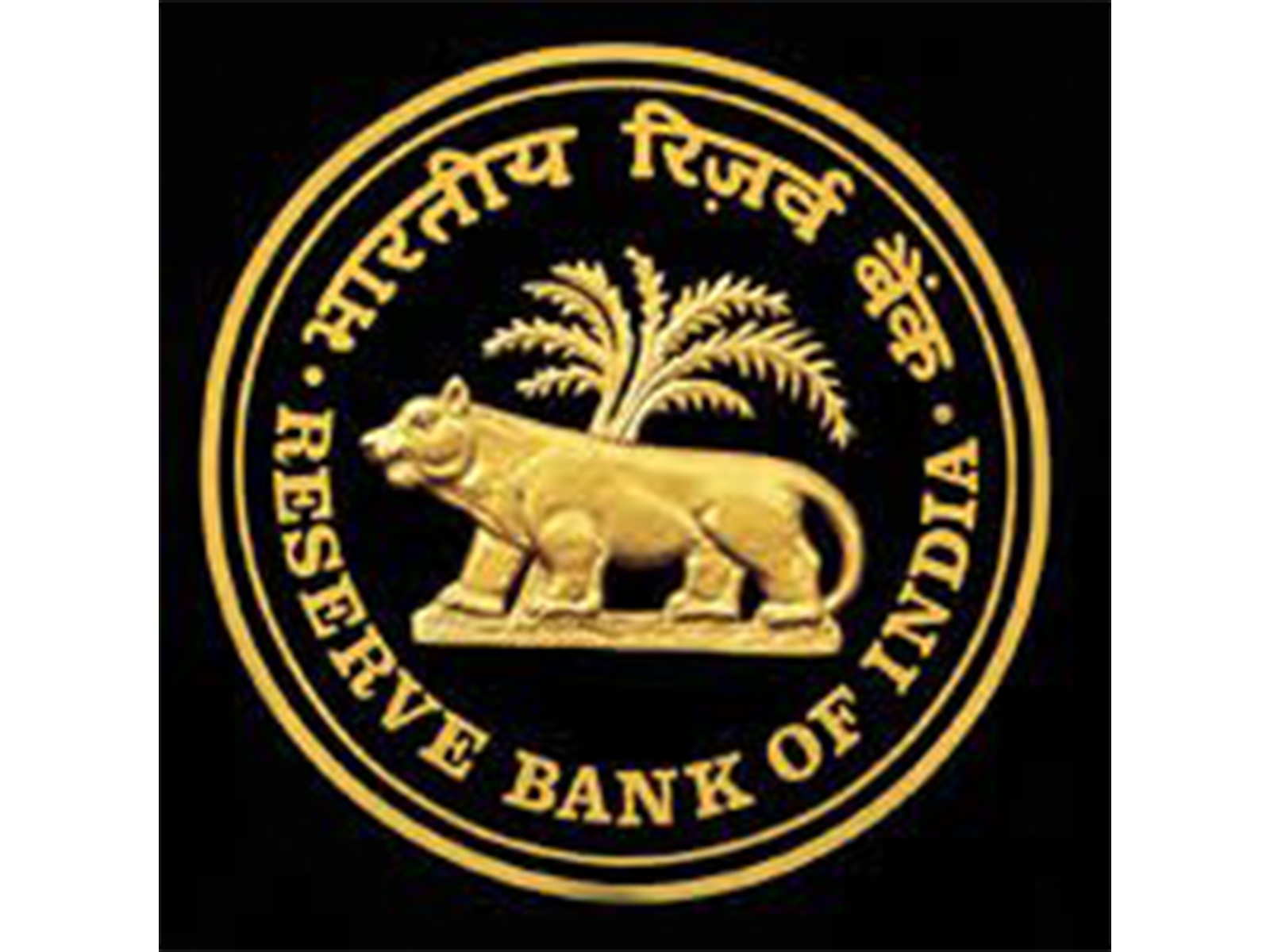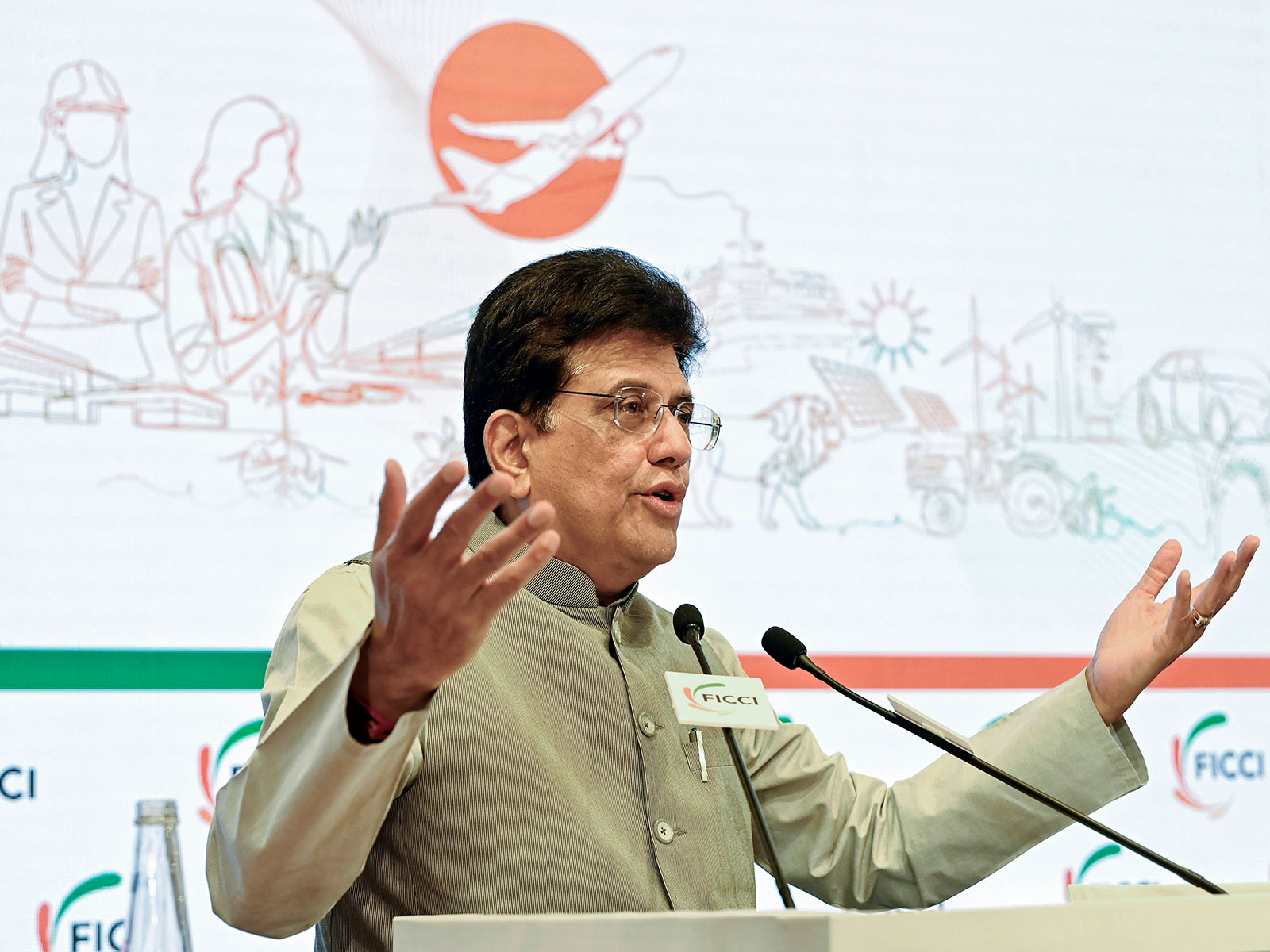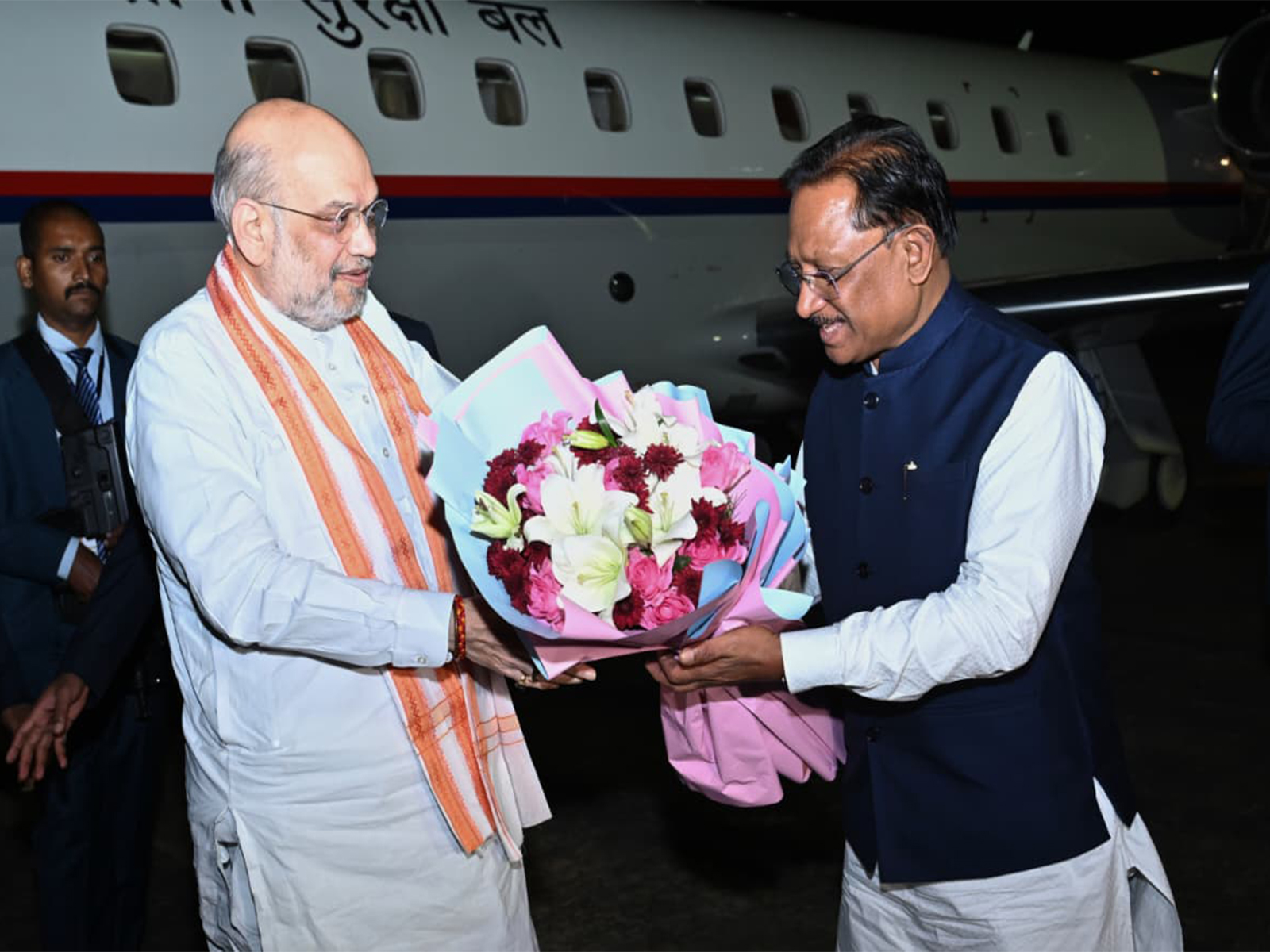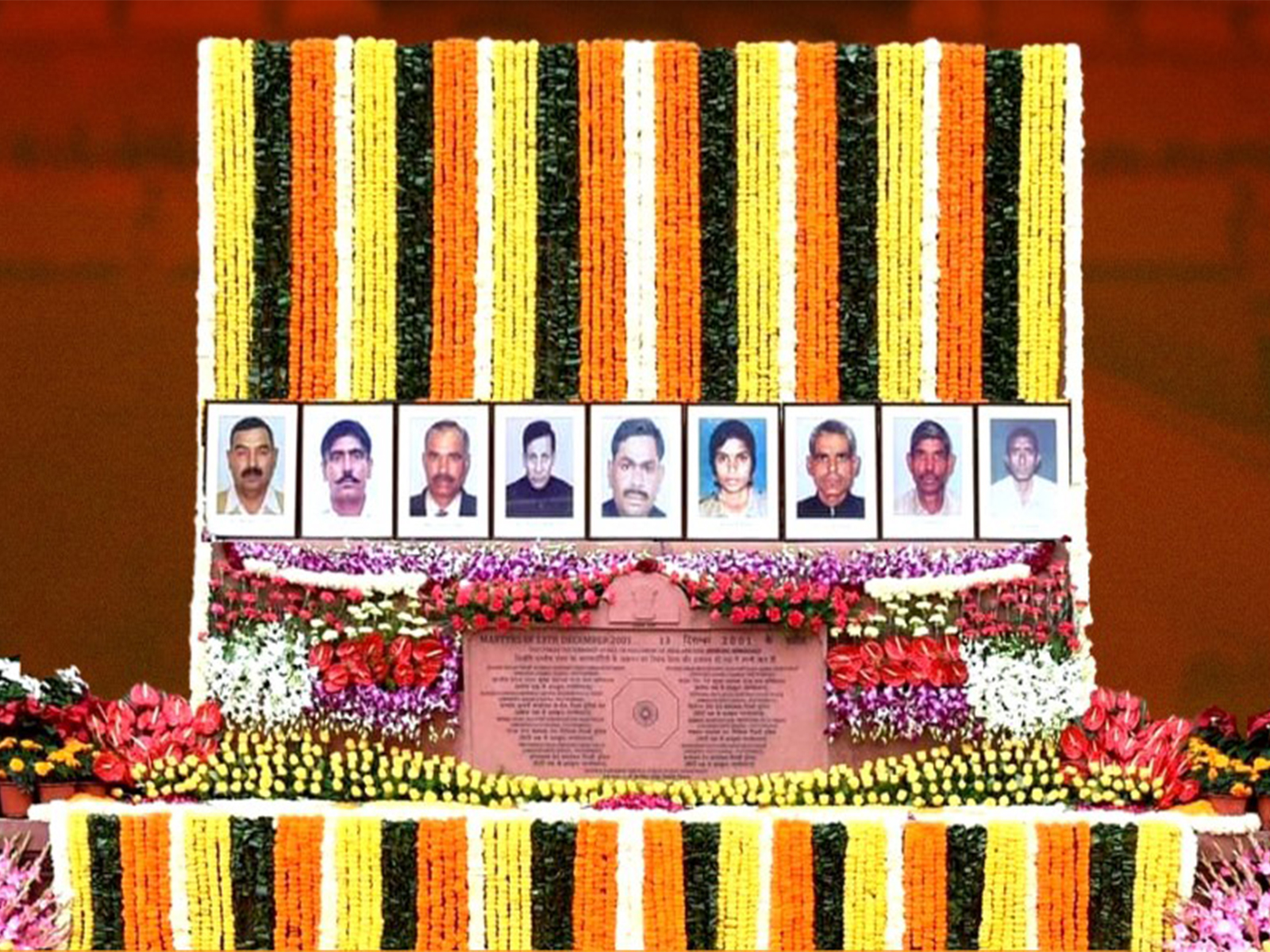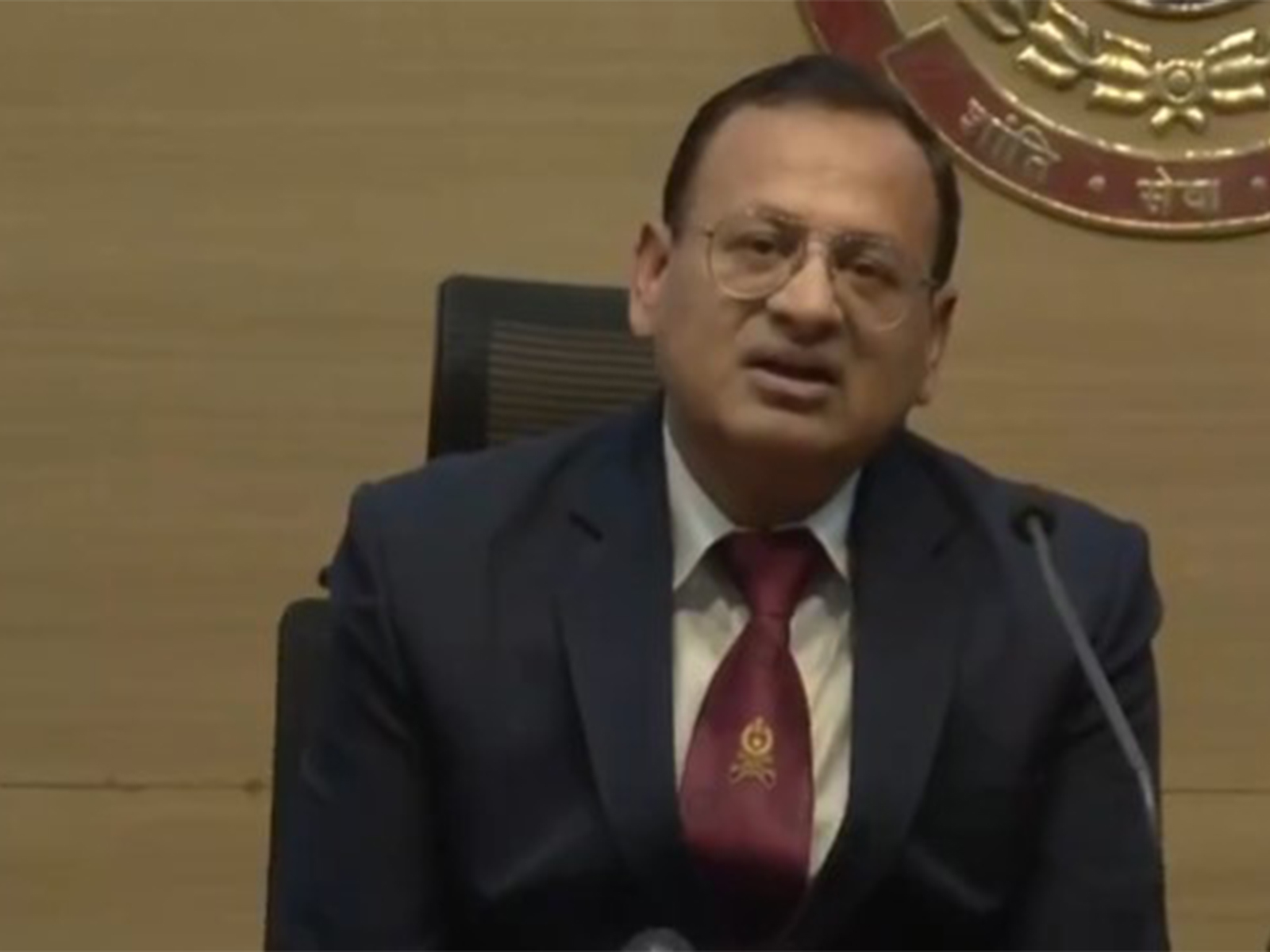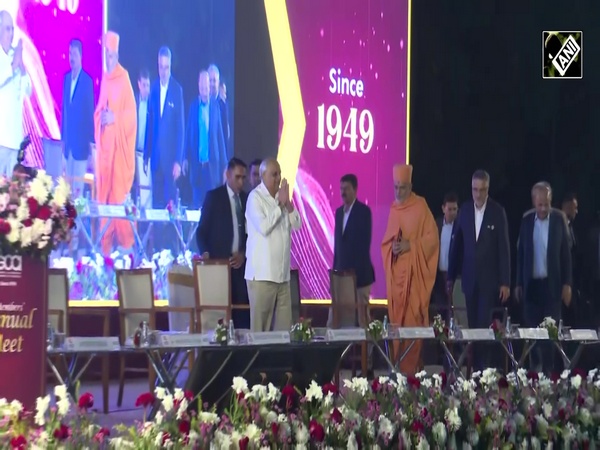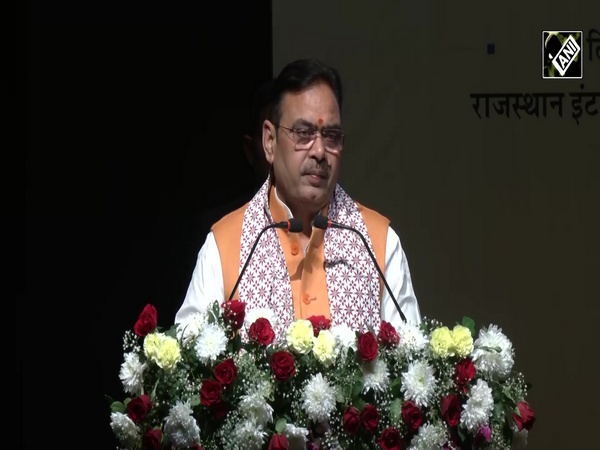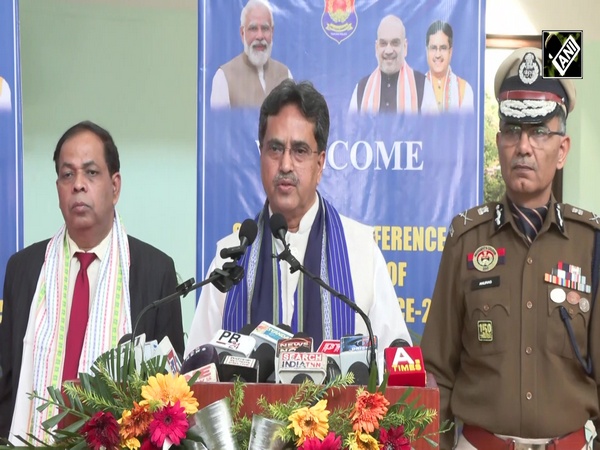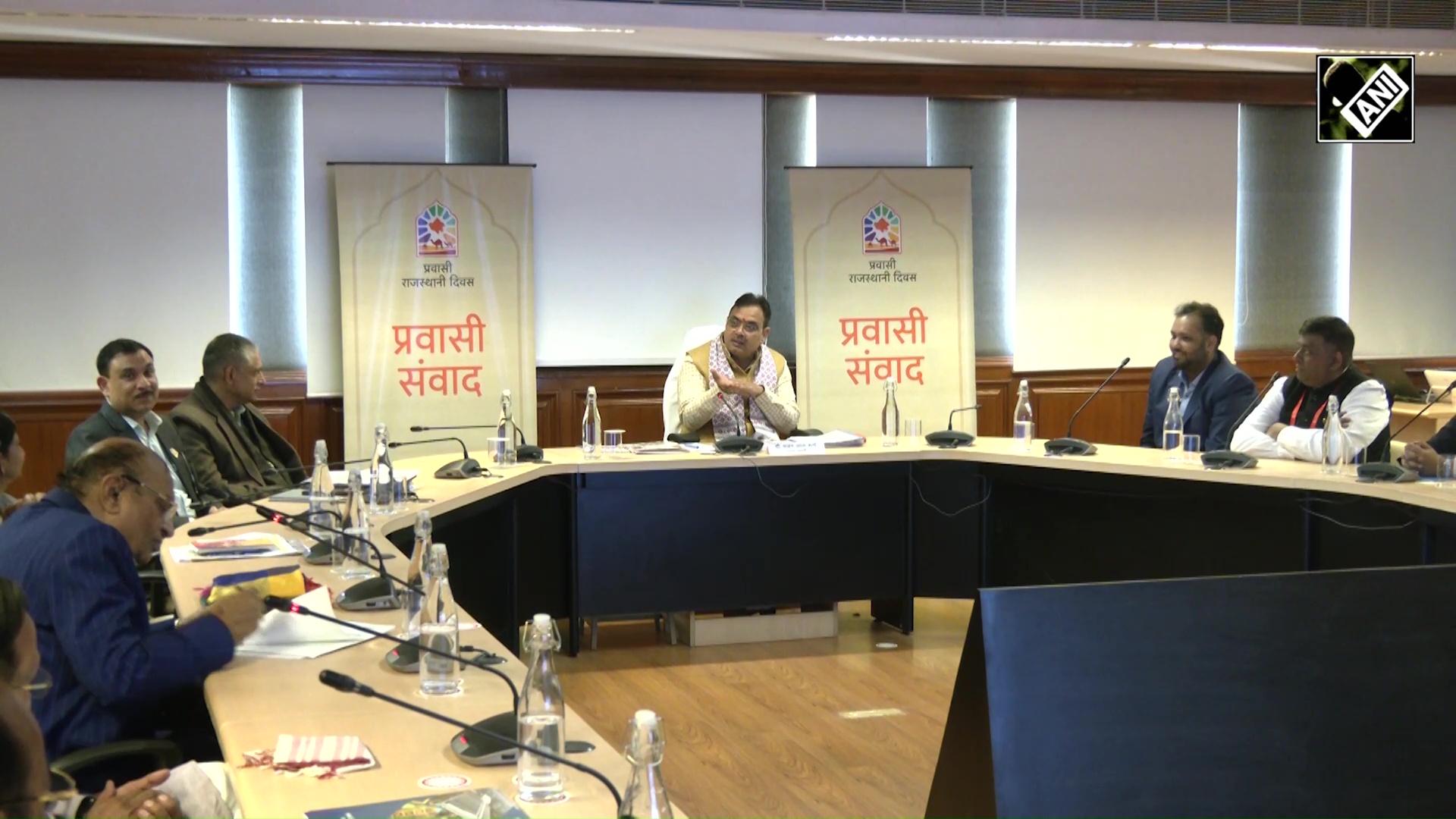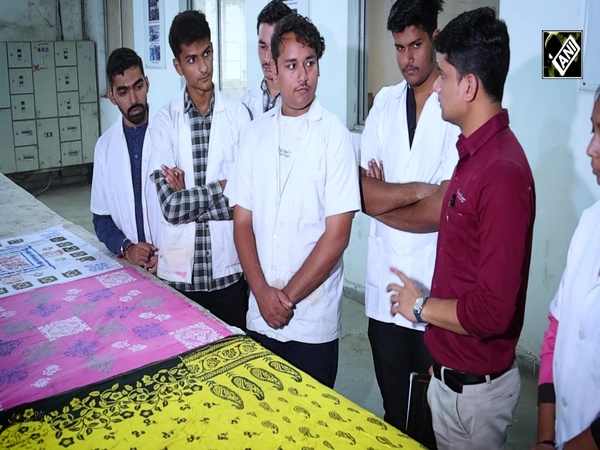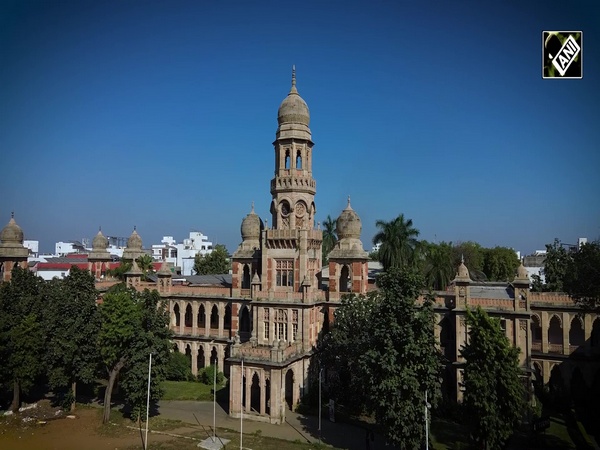Farhan Azmi the Chairman of Futurz Staffing Solutions Pvt talks about the staffing landscape in a post Covid world
Nov 03, 2020

Mumbai (Maharashtra) [India], Nov 3 (ANI/Mediawire): Between March and May 2020, the unemployment rate in India rose steeply from 8 per cent to 24.6 per cent.
The economy was in turmoil and many temporary workers were finding it extremely difficult to make ends meet. Today, with various sectors opening up and active support from staffing industry stalwarts, we have seen a welcome change with the unemployment rate normalising at 7 per cent as October ended.
Farhan Azmi is the Chairman of Futurz Staffing Solutions which has not only been monitoring this resurgence but has also been instrumental in its success by reconnecting temporary staff with employers.
With offices in 18 cities and towns in India, Futurz' vision has always been tied to developing the country's biggest asset, which is its human resources, by leveraging the staffing model. Azmi delves into the details of how the staffing landscape will fare in a post-COVID world.
To be honest, it wasn't as bad as you may think it was. Of all the industries that extensively use staffing as a form of employment, only a few were impacted severely by the lockdown - like aviation, hospitality, and entertainment. Other industries like ecommerce or IT/ITeS that also rely heavily on staffing for their human resource needs saw little to no impact. However, it's not those already employed by the staffing industry who were bearing the brunt of the lockdown. The real victims of lockdown-induced unemployment in India were those in the unorganised sector, which mostly comprises migrants.
Like I said earlier, the biggest victims of the lockdown were migrants. Their plight troubled us a lot and we really wanted to do something that could help them. We knew that the staffing industry wasn't faring too badly and we decided to get them into its fold. It would be a win-win situation where the migrants could get employed and sectors that needed blue collar staff could get the required resources. The only hurdle was - how do we get them back from their villages to the cities again? This was the biggest challenge.
They couldn't all afford to come back. And we couldn't wait forever for the railway network to restart. So along with our clients, Futurz took the onus of ferrying them from states such as Bihar, West Bengal, Orissa, and UP to cities like Bangalore, Mumbai, Delhi, Chennai, and Hyderabad. Here, they would work for our manufacturing, e-commerce, and logistics clients as contractual workers.
Between June and August 2020, we flew thousands of migrant workers from their villages to the metros. It was not easy, for sure. The logistical arrangements were complex, what with trains not working, workers having no experience of travelling by air, many flights being cancelled last minute, and of course high ticket fares. But honestly, we knew this wasn't going to be easy anyway. And we weren't doing this for profits; I mean we spent a lot of money on transporting these workers! We were egged on by a higher sense of purpose - these workers clearly needed help to start earning their daily bread again. Not to mention that this was a small investment that would be good for the economy to get out of the slump in the long run. And it has indeed paid off!
Absolutely! If you look at the numbers, in 2014 there were 1.3 million people working as temp staff in India. By 2020, this number has already increased to 3 million. The projection is that by 2021, we will see more than 6 million contractual workers or temp staffers in the country. This is a phenomenal jump, and will only be made possible with the induction of both white collared and blue collared staffers into the fold.
A big yes! You see, more and more companies are realising that the more permanent staff they hire, the more they get bogged down by non-core business activities like human resource management, personnel-related financial accounting, and compliance. Additionally, the lockdown has forced organisations to optimise their costs, that are significantly higher for permanent staff as compared to temporary staff. To further encourage companies, many of us in the staffing industry urge the government to change the goods and services tax slab for employment services industry from 18 per cent to 5 per cent.
The staffing model is a proven model, used by large organisations across India and the world, spanning industries such as e-commerce, IT/ITeS, travel and hospitality, entertainment, manufacturing, logistics, and the list goes on. It's only time that others catch up to reap the benefits of this model.
This story is provided by Mediawire. ANI will not be responsible in any way for the content of this article. (ANI/Mediawire)
